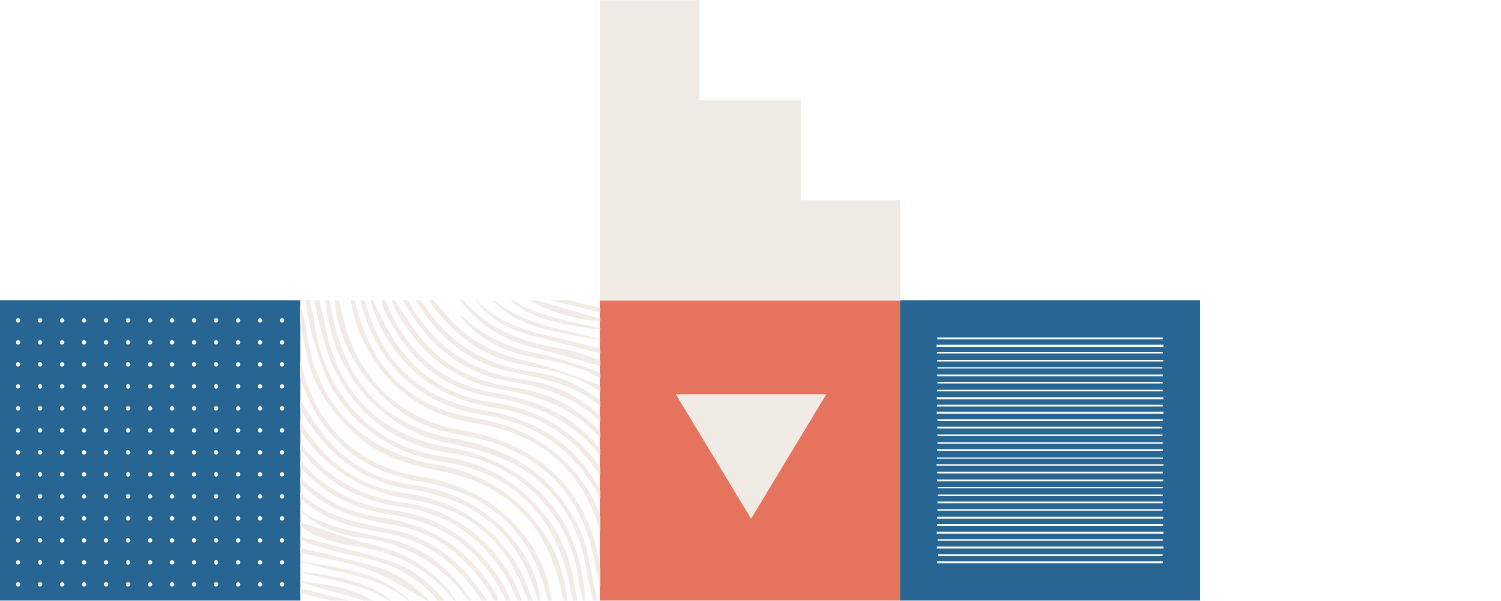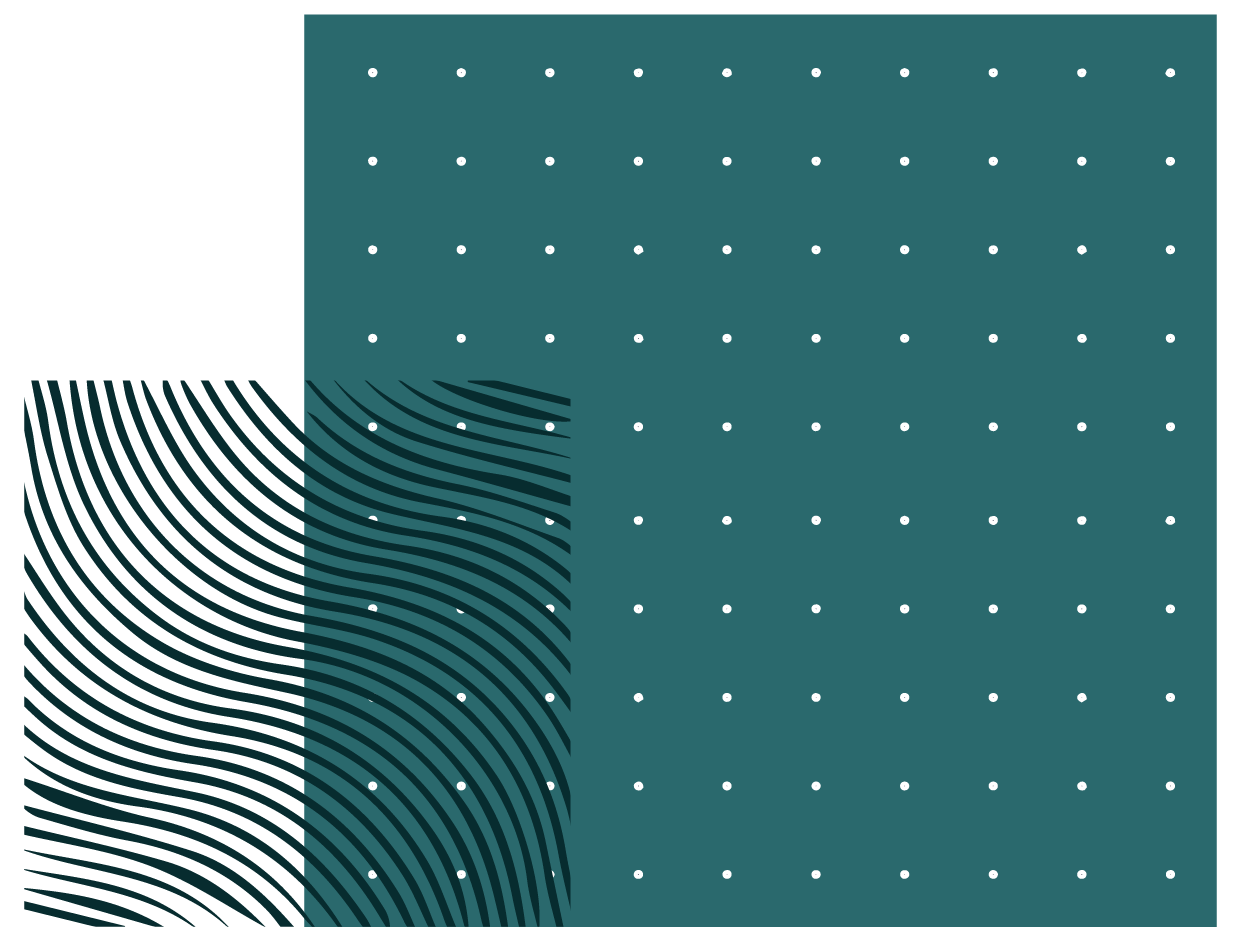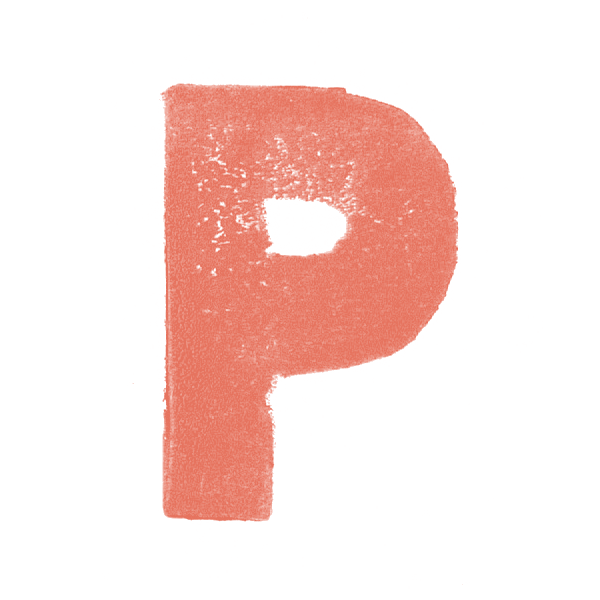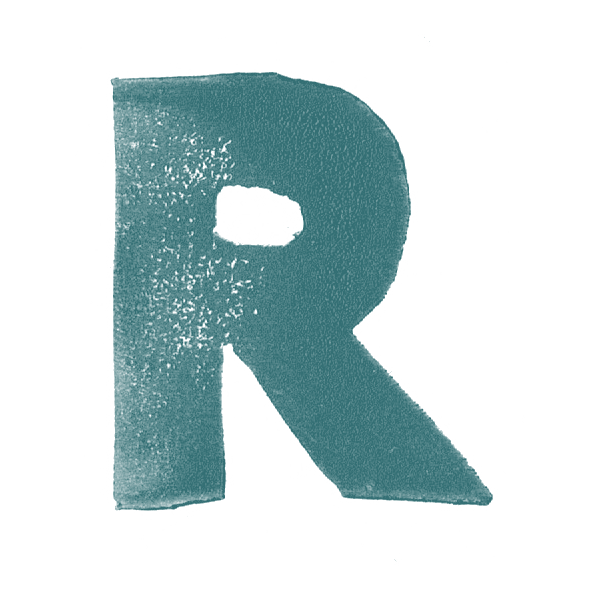

The aim of the PROMISE project is to support educators through professional development of educators and the promotion of high-quality and innovative teaching in a range of educational sectors. The project was developed by educators for educators. The PROMISE project team recognised many of the challenges or professional dilemmas facing educators are embedded in issues related to inclusion. The team wished to create professional learning materials that would support educators in dealing with diversity in the classroom and supporting them in adopting collaborative and innovative practices, both digital and non-digital..
The project is based on an understanding of educators being active professionals (Sachs, 2000) who must seek their own responses to the professional dilemmas they are facing in their practice. In this way they may act as change agents in their educational setting. Therefore the professional learning materials have been developed and are organised in this website in such a way that individuals or groups of educators may choose the individual elements that meet their professional learning needs.

It is typical for the everyday work in schools and colleges that educators often find themselves in situations that create professional dilemmas. These professional dilemmas do not have easy answers and educators are faced with making a choice between a range of options to respond to them. No matter what action is chosen, the decisions educators make have advantages and disadvantages and educators must make the best professional decision possible from the range of options available.
Recognising that this decision making is inherently challenging, this section of the website provides eductors with a range of professional learning opportunites that support them in thinking about the many professional dilemmas they face. A range of professional dilemmas are described in vignettes. These vignettes originate from the European countries participating in the PROMISE project and were contributed by different actors in the school sector; student teachers, teaching staff, college lecturers and school management. Reading the vignettes compiled here will support educators to recognise the types of dilemmas being faced across Europe, across different sectors and at different stages of career.
Linked to the vignettes are a range of professional learning tools that allow educators to explore some possible courses of action that might be taken in response to these professional dilemmas.
Alongside these individual vignettes and professional learning tools, you will find professional learning units. These units pull together the individual vignettes and tools to create learning pathways that meet the needs of educators reflected in the following questions:
The professional learning units were designed by those with responsibility for the professional development of educators including teacher educators and members of the school management However, individual educators or groups of educators may also wish to use the learning pathways as a means of coordinating their professional learning.


Young people who are at a disadvantage compared to their peers should be enabled to take part in employment, formal and non-formal education, trans-national mobility, democratic processes and society at large. They often have fewer opportunities due to various obstacles or exclusion factors, like disability (i.e. participants with special needs), health problems, educational difficulties, cultural differences, economic, social or geographical obstacles.A commitment to inclusive education means that educators are committed to overcoming these barriers to permit all young people to participate in educational opportunites.

Diversity in education can be positive, providing multiple viewpoints and perspectives to inform teaching and learning, promote creativity and underpin decision making. It can also be a challenge, for instance as educators strive to meet the demands and needs of learners with a range of characteristics (for example age, gender, prior educational experiences, economic status, religious or cultural background, social support, mental and physical health needs etc.).

Education systems acknowledge social, emotional and cognitive diversity and accommodate all young people incorporating issues ‘associated with migration, mobility, language, ethnicity and intergenerational poverty’ (Florian & Camedda, 2020) This is assumed to be the most effective way to address diversity and promote inclusion in all its forms. It aims to avoid the provision of interventions specifically targeted at learners from specific groups as it has been suggested that such interventions can lead to ‘repetition of exclusion’ (Slee, 2010) and further marginalisation and stigma (Florian 2015).

Professional Dilemmas are dilemmas faced by educators in their daily professional activity. Often these dilemmas relate to challenges in implementing inclusive practices in their daily practice. In contrast to the term professional decision making, professional dilemmas do not have easy answers and informed responses to these dilemmas require the educator to seek advice from external sources and another professionals to arrive at the best decision possible.

Boundaries occur between different professions, organisations, different sectors and different cultures. They also occur as changes take place (e.g. the transition between being a student and being a teacher, or between being a teacher and a leader). Boundary crossing (Akkerman & Bakker, 2011) creates potential for professional learning through identification, coordination, reflection and transformation. For educators to find effective responses to the professional dilemmas they face in implementing inclusive practice, they often have to engage in boundary crossing activities that take them outwith their traditional professional sphere.

Professional learning occurs as professionals engage in opportunities to improve their professional skills and knowledge. The experience of learning may be formal or informal, individual or collective. Powerful professional learning deepens understanding and leads to enactment of new practices and engagement in new professional communities.

Key to the boundary crossing that is necessary to respond to professional dilemmas being faced by educators are opportunties for inter-professional learning. These opportunties may be formal or informal but the key element is that educators are able to exchange profesisonal knowledge with other professionals working with young people.

Here, you learn about the history of the project, the background and work of the project partners etc.
See what we’re AboutIf you would like to contact us, please get in touch with us via the contact form.
Get in touchFor recent contributions to our website, please see our blog
Blog

